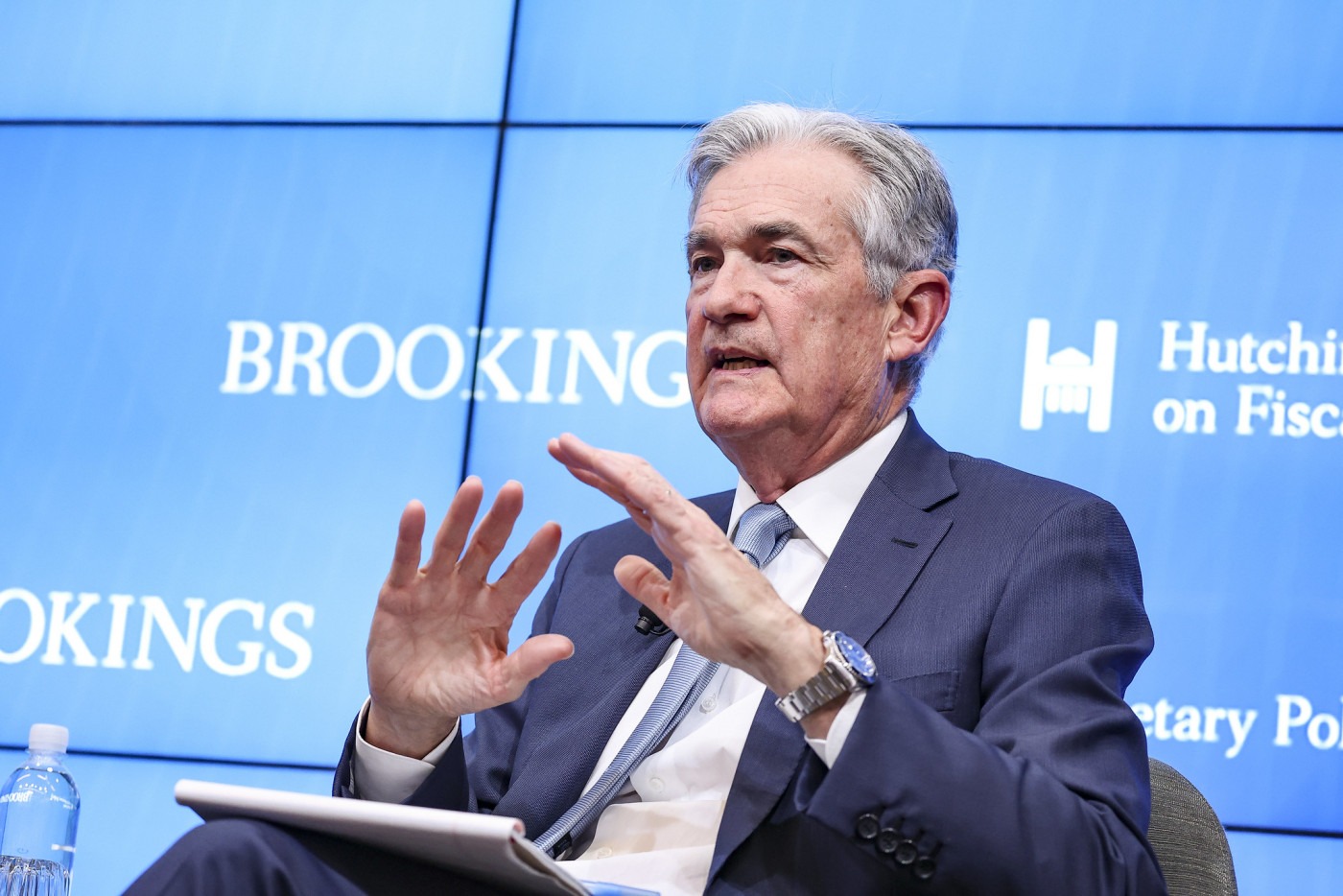The eagle has landed? The path ahead for US monetary policy
It is impossible to predict the future, and American monetary policy is no different. US growth, inflation, and unemployment are all close to target, placing the economy in a nuanced position. With this data, the Federal Reserve sits at a mid-cycle crossroads, uncertain about how the economy will fare.
It is very clear that the federal funds rate is trending downward. In the September FOMC meeting’s ‘dot plot’ – which reflects Federal Reserve officials’ projections for the short-term interest rate – all dots, bar one, were below 4% in 2025, compared to the 5.25–5.5% it currently ranges within. This demonstrates an almost unanimous assessment that the federal funds rate is set to fall further. Similarly, the CME FedWatch Tool, which estimates market sentiment using federal funds futures data, assigns a 90% probability of a November 25bps cut, pricing in five cuts in the next six FOMC meetings.
The Fed will first be looking at inflation, with one of its mandates being for the US economy to reach its 2% inflation target. The annual inflation rate has slowed for the past six consecutive months, reaching 2.4% in September, although this was still above market expectations. Removing volatile food and energy data, we see that core inflation rose to 3.3%, driven by services inflation, which remains stubborn despite the interest rate hikes of the past few years. The Fed’s preferred measure of inflation, the annual core PCE price index, increased to 2.7% in August 2024, which follows previous stubbornness in the July reading.
A key unknown remains the ongoing conflict between Israel and Iran
While the trend has been downwards, a key unknown remains the ongoing conflict between Israel and Iran, which could send energy price inflation higher. An important comparable here is the path of inflation in the 1970s, where inflation subsided but then resurged to over 10% following two major oil shocks. The Fed will be keen to not repeat this by cutting too quickly.
The Fed will also have an eye on the labour market, with its other mandate being to achieve maximum employment. The recent Non-Farm Payrolls (NFP) print, a key employment report, showed that the US economy added 254,000 jobs in September 2024 – far above forecasts of 140k and the strongest job growth in six months. We also saw the unemployment rate fall to 4.1%, below market expectations, which hints that the US economy could successfully have a “soft landing”, where inflation is reduced without a recession. Whilst unemployment has risen, this has been linked to a growing workforce caused by immigration. It is likely that recent strikes and two hurricanes will muddy future labour market data. The ongoing release of US corporate earnings reports will signal whether this labour market and economic strength can persist. But more importantly, this data pushes back against the overly aggressive market expectation of rate cuts and feeds into a bigger picture of mixed data for the Fed to digest.
Despite all of this, US economic exceptionalism continues, with 3% year-on-year GDP growth in the second quarter of 2024. On the back of the NFP report, the decline in the November rate cut probability from 100% to 90% is reflective of a creeping market view that inflation could return. It is unusual for a cutting cycle to begin with a 50bps cut, raising eyebrows about the underlying strength of the US economy, particularly with growing economic and geopolitical uncertainties.
It is unlikely that the Fed will meet market expectations
With the US election upcoming, market concerns will rotate into the worsening fiscal situation in early 2025, which is inflationary by nature. Longer term, the growing debt burden will force monetary policymakers to keep real interest rates negative to service massive debt payments. Other moving parts like geopolitics, demographics, and the energy transition will all play a role in influencing future inflation data and what the Fed decides is the new “neutral rate of interest” – the interest rate that is neither inflationary nor disinflationary.
For now, though, it is clear US rates will continue to fall. Recent NFP data and ISM Services PMI have reignited the belief that there will be a soft landing. Until more data comes through that suggests otherwise, the probability of a recession (or ‘hard landing’) seems low. With growth elevated, and a resilient housing market, it is also possible that the economy has “no landing”, where monetary policy remains restrictive with elevated inflation levels. With the market pricing cuts aggressively, but uncertainty remaining high, it is unlikely that the Fed will meet market expectations.

Comments